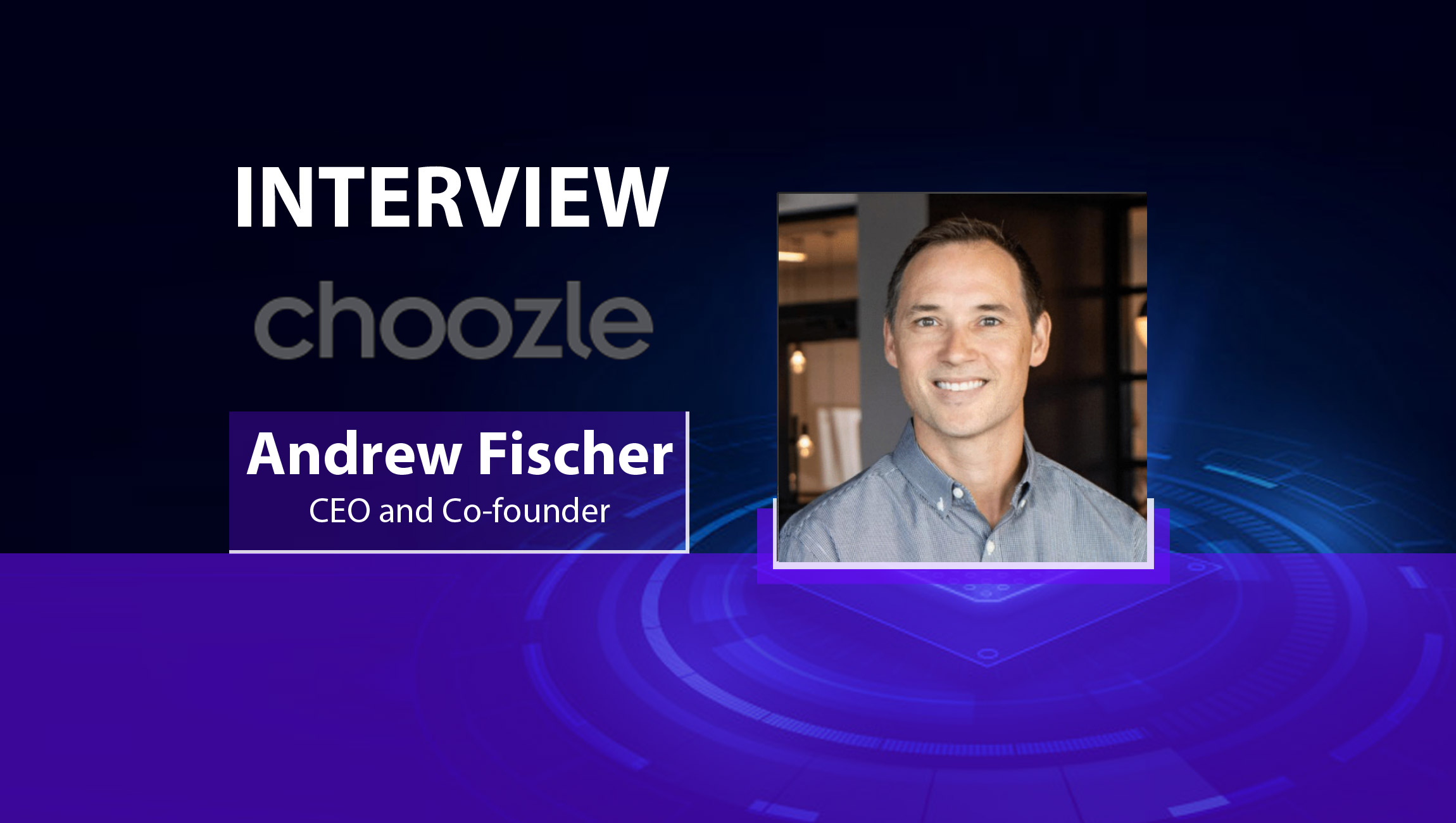Andrew Fischer, CEO and Co-founder at Choozle talks about some best practices that can help marketing teams and advertisers optimize their multichannel efforts in a digital-first environment: _____ Starting back in 2012, Choozle’s mission was to make programmatic advertising accessible to all marketers and advertisers. We were the first self-serve programmatic advertising platform in the mid-market at a time when very few people understood what “programmatic” was. Since then, the ad tech industry has matured and we’ve helped thousands of clients unleash the power, efficiency, and performance of automated advertising. As more and more mediums and products have been automated, it has enabled Choozle to deliver that innovation to our client base including digital audio and CTV as examples. Coupled with award-winning support and education, we continue to offer all marketers and advertisers access to industry-leading technology to execute their digital advertising campaigns across a whole range of channels, tactics, and devices. Marketing Technology News: MarTech Interview With Tracey Mustacchio, Chief Marketing Officer At Secureworks Marketers and advertisers must continue to remember their audience – both who they are and what they like. With advancements in cross-channel marketing and attribution, we tend to lose sight that our campaigns are still trying to reach actual humans. We think of them as impressions, clicks, and conversions. But at the end of the day, your target audience wants delightful experiences relevant to them. By using cross-device targeting, segmenting messages by the audience, creating mobile-specific ads, and creating compelling content, marketers can influence the behavior of their target audience while creating experiences that are easy for them to engage with. As marketers, we should strive to achieve creating delightful experiences throughout their customer journeys. First-party data and connected tv are two growing trends we see in today’s environment. As consumer behaviors change, marketers are looking for ways to stay connected with their target audience. First-party data allows advertisers to reach consumers that have already shown interest. At the same time, connected TV will enable advertisers to reach consumers in a highly impactful way without a massive impact on their budgets. Another ongoing is continued disintermediation of the entire ad-tech supply chain. When Choozle first came to market, very few agencies had their “hands-on keyboard” with the programmatic platforms – now it is the norm even with relatively small media shops. Furthermore, mid-sized brands are also starting to adopt in-house programmatic executions or are at least much more involved with their agency partner. We disintermediation to continue which is healthy as it removes unnecessary layers that don’t add value, and thus puts more of the media investment to work. Aligning marketing metrics to business goals is becoming increasingly important for marketers, especially during the planning process. While it can be easy to optimize towards a cost per acquisition or click-through rate, marketers that can translate these performance metrics to business KPIs can show the actual value of digital advertising. For example, connected tv is typically used to drive awareness therefore marketing performance metrics are video completion rate and the number of impressions. Marketers can take it a step further by using offline attribution to tie the impressions to physical foot traffic. This allows marketers to evaluate each channel or tactic, like connected tv, is at driving business results, like in-store traffic. In the end, marketers are translating their campaign performance metrics into terms that are used across the entire business. Marketing Technology News: MarTech Interview With Vivek Sharma, Co-Founder And CEO Of Movable Ink Marketers’ roles will continue to change as new tactics, channels, and strategies come into play. But the most significant change we see lately is the need to understand data and analytics. Marketers are being asked to understand the new technologies and strategies while also being asked to make sense of the data coming from these platforms. This makes centralized platforms even more valuable because marketers can go to one place to gather the data versus logging into multiple platforms. Thus giving marketers more time to digest the data and dig deeper into it. Overall, marketers must continue to invest to update and evolve their ad/marketing technology stack to keep pace with innovation in their respective industries. Marketers should look to combine their digital campaign execution into a centralized platform that works with other core tools. Not only does it help with reporting, but the efficiencies in resources, time, and education will pay off in the long run. Marketers should look for a demand-side platform that works with their marketing automation and CRM or CDP easily to allow you to bring data together. Google recently announced the delay of the deprecation of the third party cookie for another two years – into 2023. That said, all marketers should continue to deliberately invest in the development, growth, and quality of their first-party data asset – which is essentially a proxy of a strong and healthy direct relationship with their clients and prospects. In addition to being very portable to drive engagement within the walled garden marketing ecosystems (Facebook, Amazon, Snap, etc), they will prove to be real differentiating assets in open-web advertising as the 3rd-party cookie eventually falls away. Marketing Technology News: MarTech Interview With Nitzan Shaer, Co-Founder And CEO At WEVO Andrew Fischer is the CEO and Co-founder at ChoozleWelcome to this MarTech Series chat Andrew, tell us more about the Choozle story…
As marketers across industries adjust to the importance of better cross-channel marketing practices, what are some best practices you feel marketers and advertisers in a digital-first world need to keep in mind?
How are you seeing programmatic ad trends and spends evolve in today’s environment? What are some thoughts you have for the immediate future?
As ad tech evolves to offer more precise and targeted features, what should marketers and advertisers consider when planning campaigns in order to optimize ROI?
A few thoughts on the future of martech and how martech innovations will further lead to change in marketing roles across the marketing hierarchy?
A few martech tools you feel marketers today need to integrate into their overall tech stack and why?
Some last thoughts and takeaways for marketing leaders to keep in mind through 2021?
 Choozle is an independent and self-service digital advertising software platform.
Choozle is an independent and self-service digital advertising software platform.
What’s new on the SalesStar Podcast? Catch our latest podcast with Chorus.ai’s Chief Revenue Officer:











